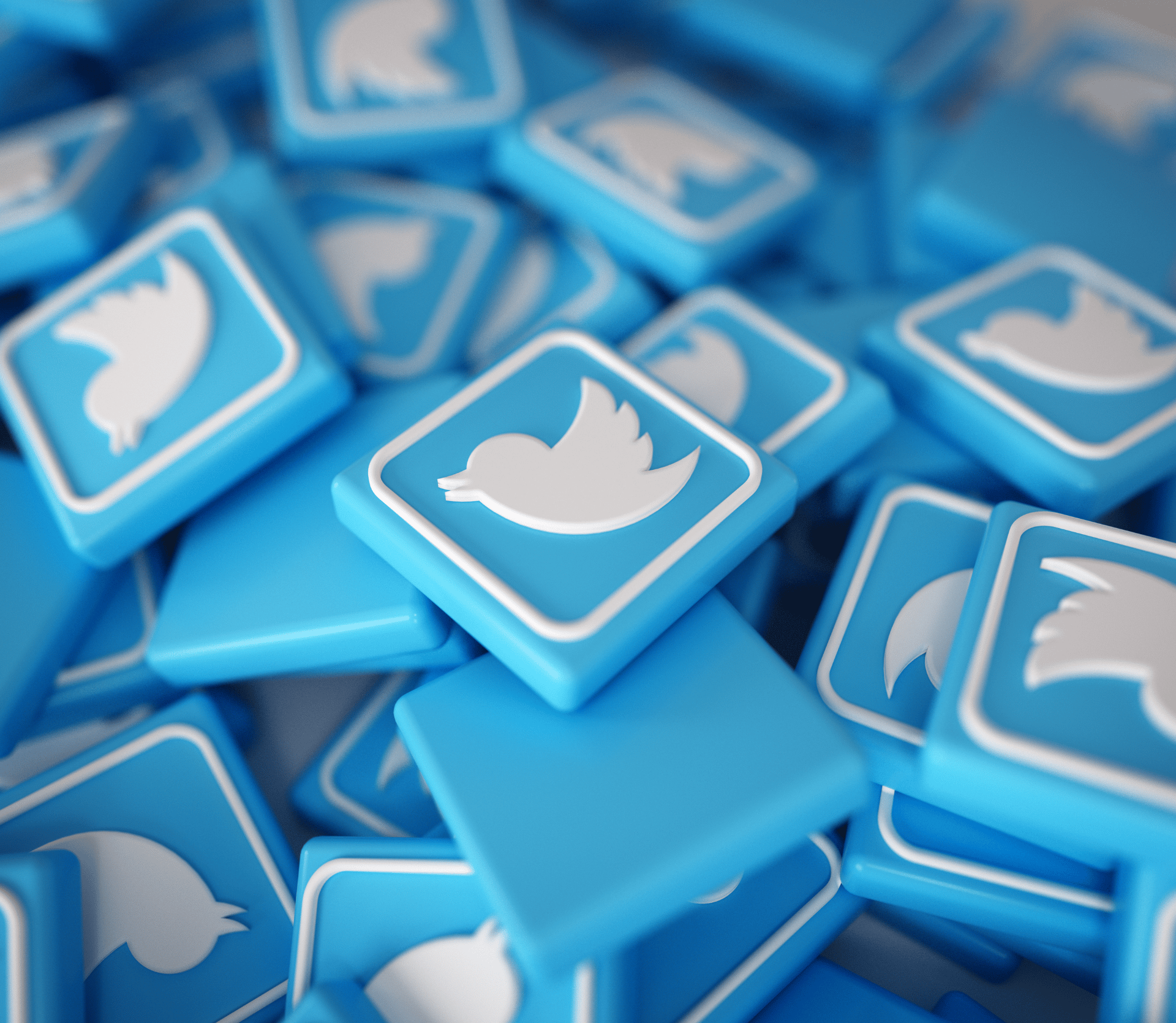
Five Practical Strategies to Navigate Your Social Marketing While X (Twitter) Implodes
Twitter is like a merry-go-round. Users watched it from afar, thought it looked interesting and hopped on for a spin. It was fun at first, under previous owners. Though there was the occasional breakdown, things went smoothly for the most part, as the social media platform added features and enriched the user experience. Then a new operator (Elon Musk) took over and the merry-go-round became unpredictable, speeding up at first and then slowing down. The operator replaced old horses with new ones...
HELLO!
This premium article is exclusively reserved for Subscription Insider PRO members.
Want access to premium member-only content like this article? Plus, conference discounts and other benefits? We deliver the information you need, for improved decision-making, skills, and subscription business profitability. Check out these membership options!
Learn more about Subscription Insider PRO memberships!
Already a Subscription Insider PRO Member?
Please Log-In Here!









